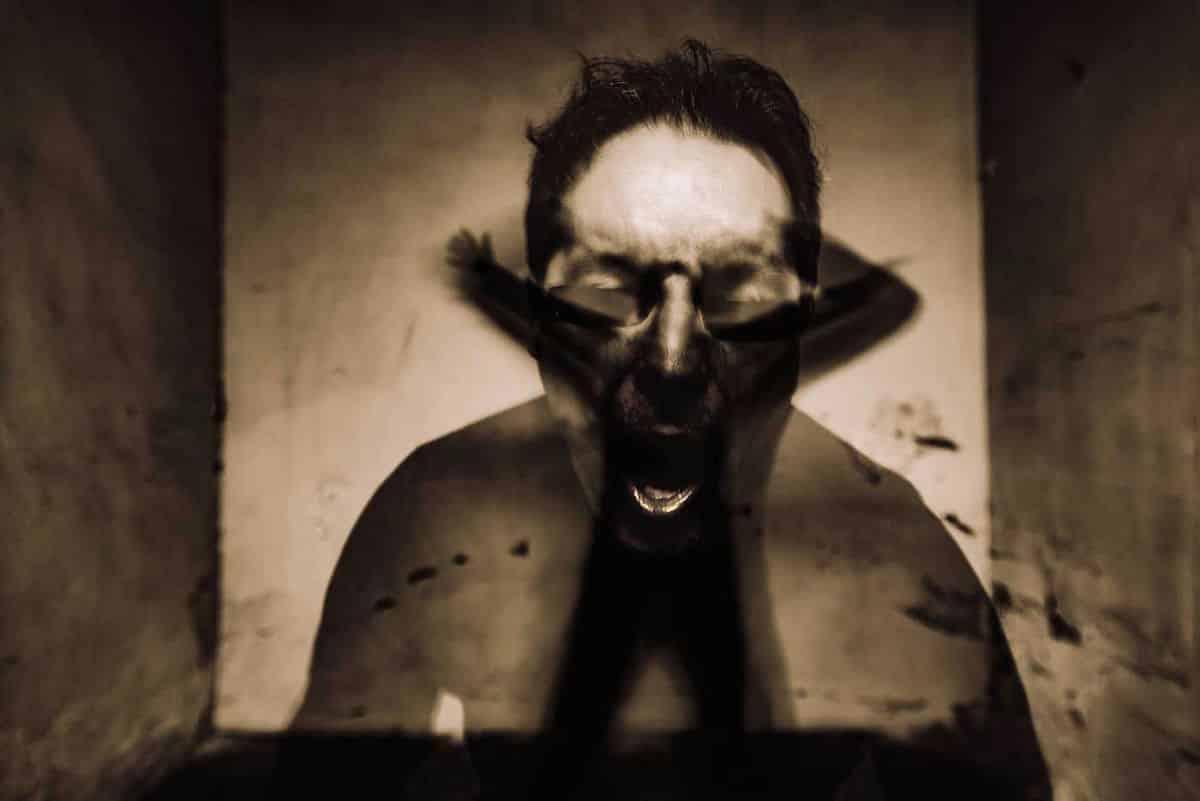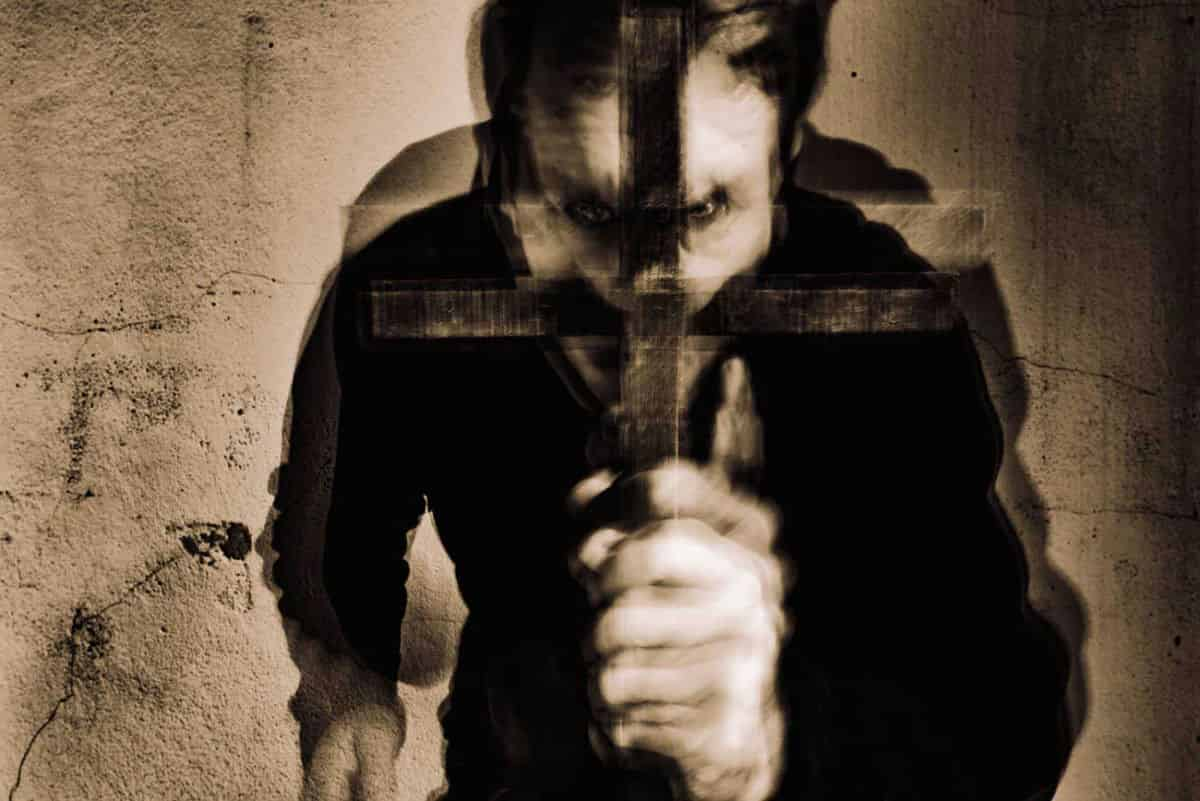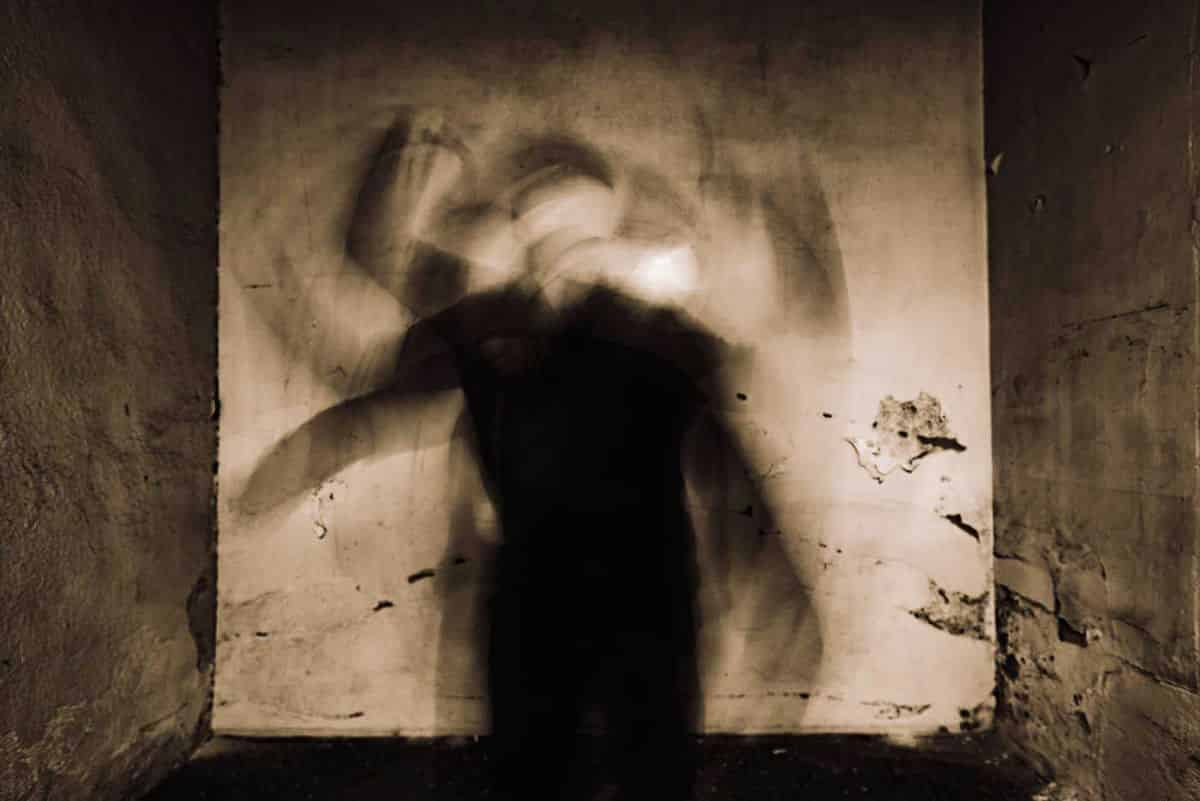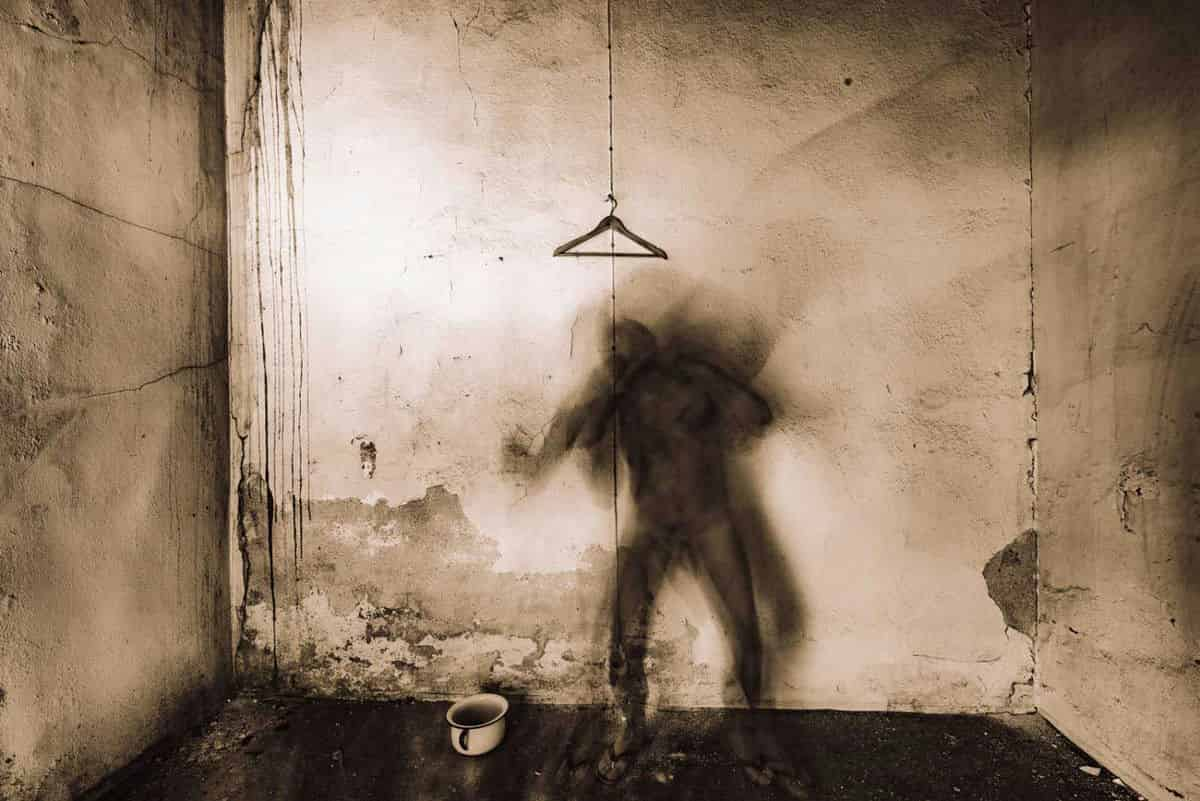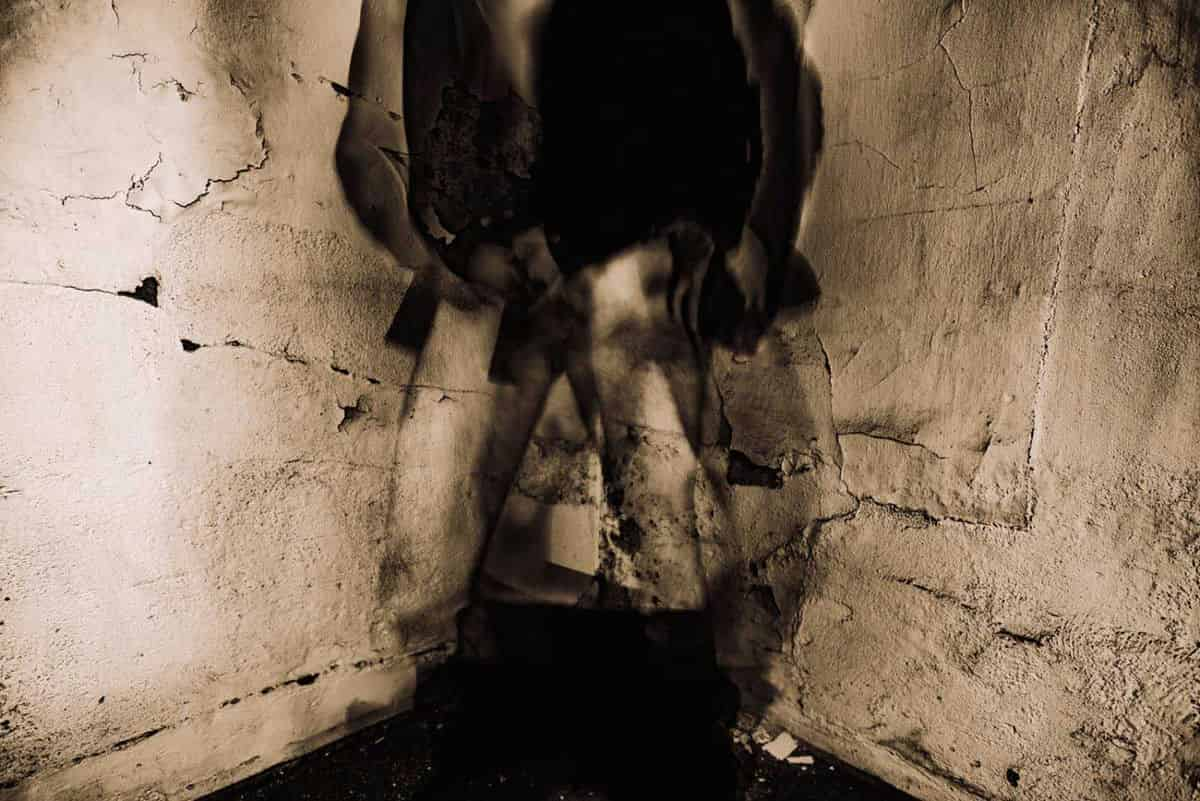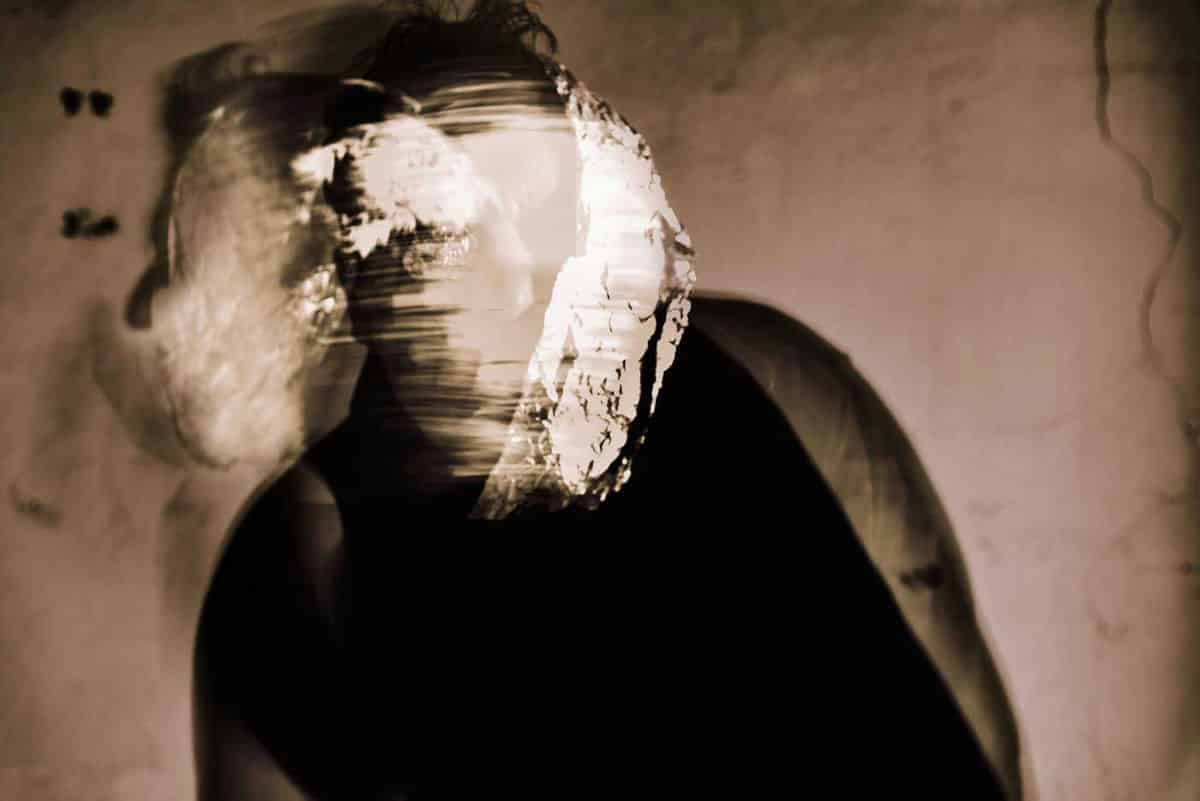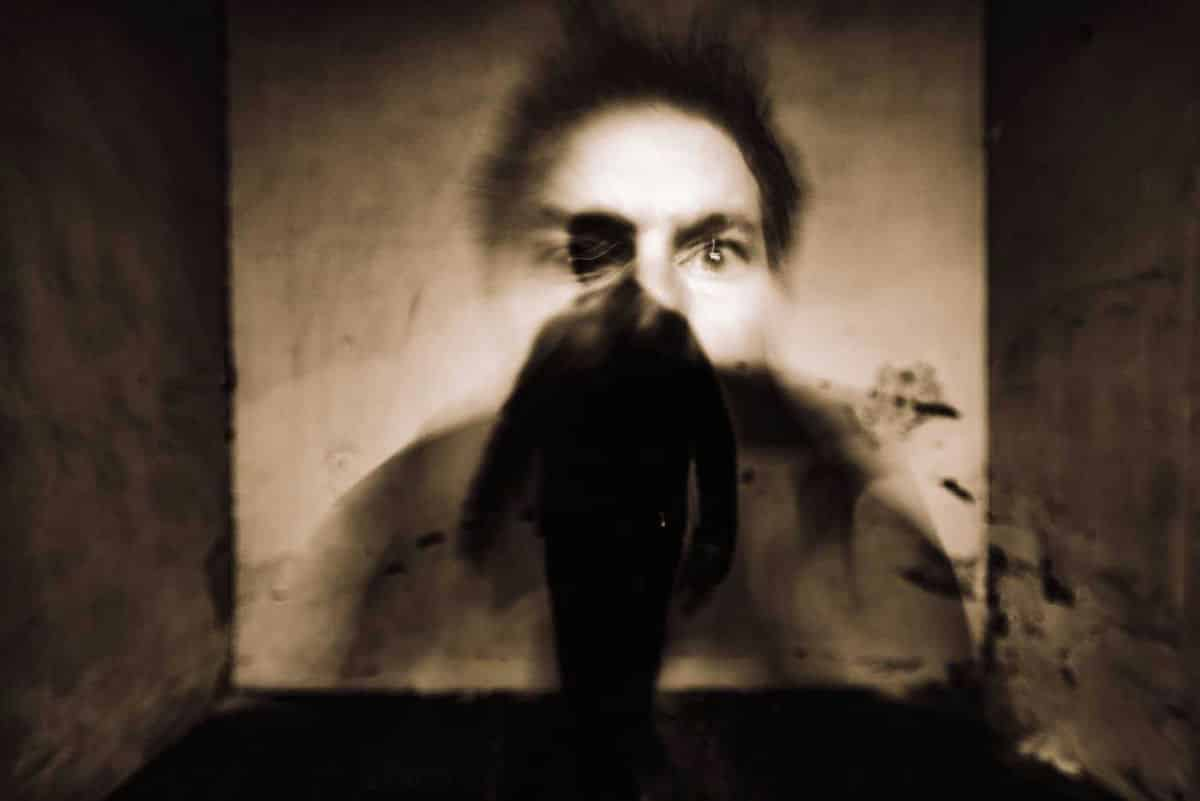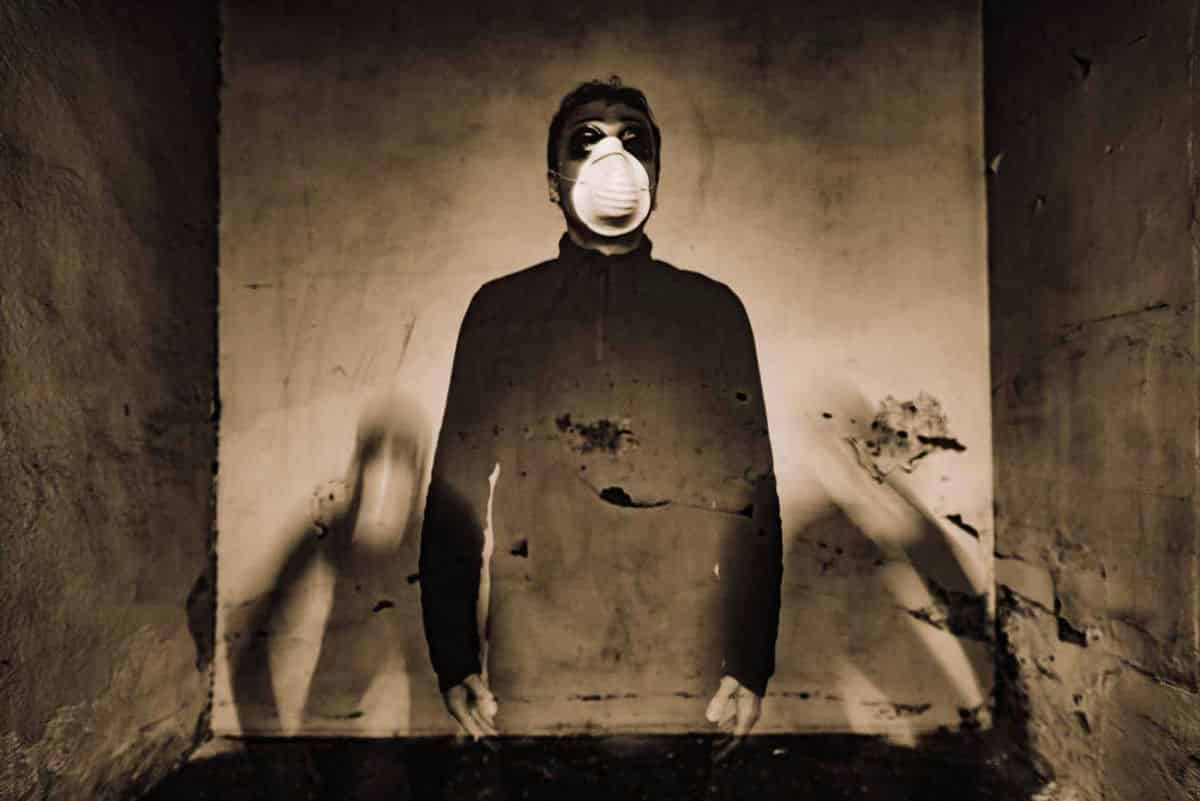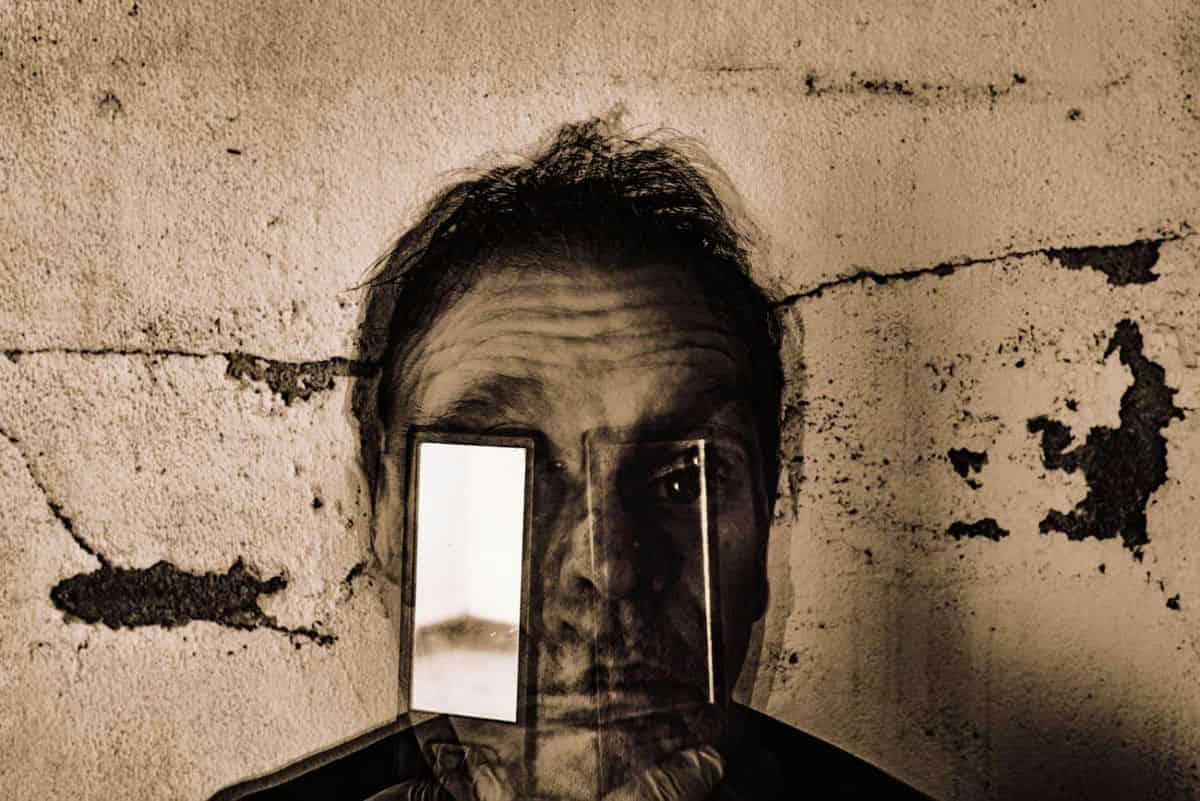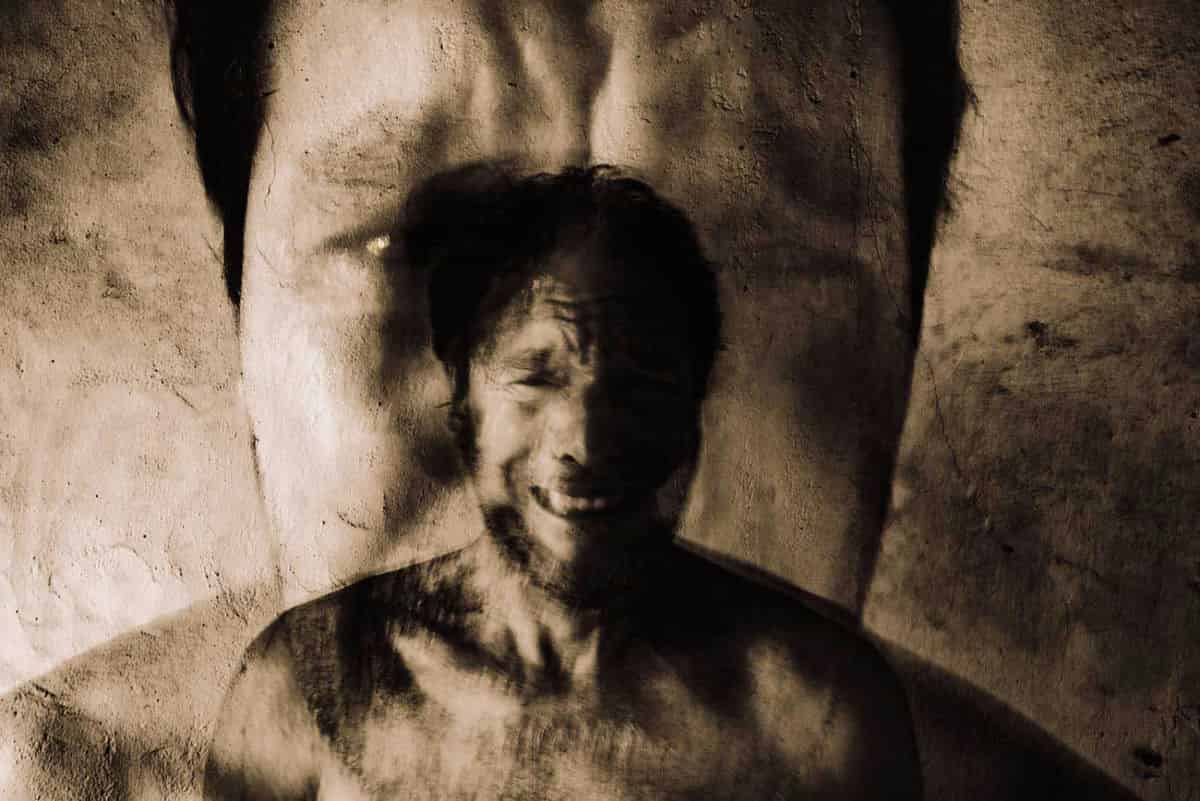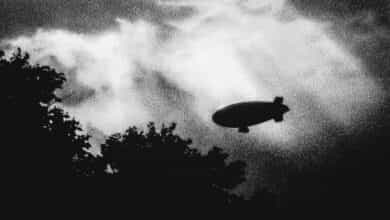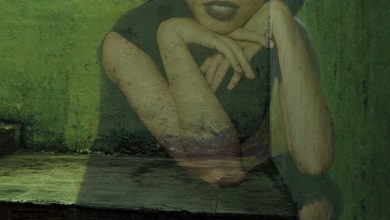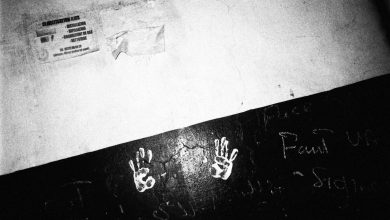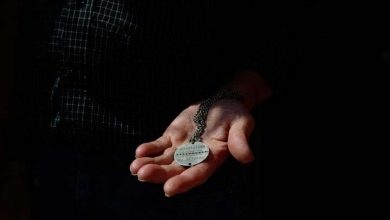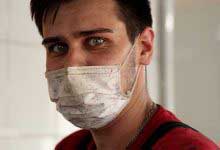I started looking at this narrative (because it is really a narrative in images of obsessive behavior) with the help of Lipoveski from the Era do Vazio, trying to find Flávio Andrade’s eyes again. In this work, the dehumanizing role of prostheses and advertising stands out, that way in which biotechnology and the new chemical pharmacopeia of analysis and molecular blockade profoundly alter our physical and physiological bodies. I saw the parallel with the digital technologies used to express internal rhythms of behavior, the flow or fading, the overlap, the duplication, the aged sepia, the manipulation, the image on the image, on the image…
The Era of the Void speaks of the homogenization of the individual and the masses and here it is decidedly the unconscious that speaks of the lack, that lack that makes the nexus of Psychoanalysis and here is embodied in the lack of direct contact. This centrality shows us that the dominance of digital contact is insufficient and our vocation remains social and non-socializing. This narrative is also about the effect on us of a lack of meaning in an existence, oblivious to the true choice and option that, naturally, accumulates unconscious fears and frustrations, updating the secret small world that Hurakami talks about with new random rules and renewed fears. The unconscious Little World, elaborated with repressed images and words, is not, it is not entirely, that of Flávio Andrade, who is the author of his representation, but it is what confinement represents for all of us. And there, because it is imposed or even self-imposed is the loss of freedom and direct sociability. that we lost without noticing it. And then, Foucault and his concept of disciplinary and control society, where normality is the first rule.
With the loss of direct sociability, the representation of oneself is eroding. There is no body care, there is no comfort, there is no need for clothing; there are the signs of loss, the masks, the wounds, the lost vision, (the clinical glasses, the eye in the hospital vessel…), the limited movement (the beautiful composition of the dance with the shadows), the abnormality of the shapes and absences, screaming and panic. The degraded, elementary, devoid context (the chair just to remind us of Mapplethorpe and desire) is that of nudity and the disorder of the unconscious, the incompleteness and the lack. They are not images of any apocalypse, but the feeling of man given over to a part of himself.
Maria do Carmo Serén, November 2020
